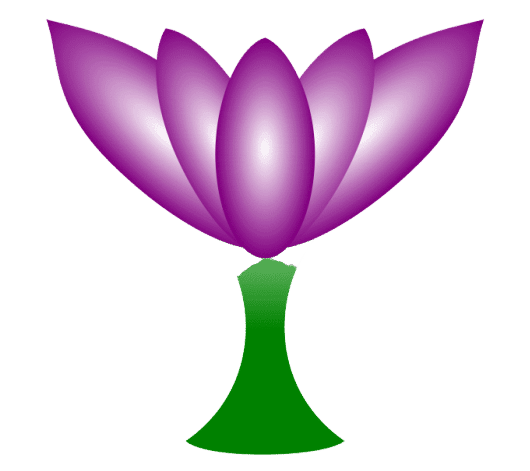| | www.plosone.org | May 2012 | Volume 7 | Issue 5 | e38021 |
Psychodynamic Guided Self-Help for Adult Depression through the Internet: A Randomised Controlled Trial
Abstract
Background and aims: Psychodynamic psychotherapy (PDT) is an effective treatment for major depressive disorder (MDD), but not all clients with MDD can receive psychotherapy. Using the Internet to provide psychodynamic treatments is one way of improving access to psychological treatments for MDD. The aim of this randomised controlled trial was to investigate the efficacy of an Internet-based psychodynamic guided self-help treatment for MDD.
Methods: Ninety-two participants who were diagnosed with MDD according to the Mini-International Neuropsychiatric Interview were randomised to treatment or an active control. The treatment consisted of nine treatment modules based on psychodynamic principles with online therapist contact. The active control condition was a structured support intervention and contained psychoeducation and scheduled weekly contacts online. Both interventions lasted for 10 weeks. The primary outcome measure was the Beck Depression Inventory-II (BDI-II).
Results: Mixed-effects model analyses of all randomised participants showed that participants receiving Internet-based PDT made large and superior improvements compared with the active control group on the BDI-II (between-group Cohen’s d = 1.11). Treatment effects were maintained at a 10-month follow-up.
Conclusions: Internet-based psychodynamic guided self-help is an efficacious treatment for MDD that has the potential to increase accessibility and availability of PDT for MDD.
Psichodinamiškai vedama suaugusiųjų, sergančių depresija savipagalba internetu: Atsitiktinių imčių kontroliuojamas tyrimas
Abstraktas
Pagrindas ir tikslai: Psichodinaminė psichoterapija (PDT) yra veiksminga gydant didžiosios depresijos sutrikimą (DDS), bet ne visi DDS klientai gali gauti psichoterapinę pagalbą. Psichodinaminių procedūrų teikimas internetu yra vienas iš būdų, kaip pagerinti prieigą prie psichologinio DDS gydymo. Šio atsitiktinių imčių kontroliuojamo tyrimo tikslas buvo – ištirti internetinį psichodinaminės savipagalbos DDS gydymo veiksmingumą.
Metodai: Pagal Mini Tarptautinę Neuropsichiatrinį interviu buvo atsitiktinai atrinkti gydymui ar aktyvią kontrolę devyniasdešimt du dalyviai, kuriems buvo diagnozuotas DDS. Gydymą sudarė devyni psichodinaminiais principais paremti gydymo moduliai per internetinį kontaktą su terapeutu. Aktyvi kontrolė buvo struktūruota palaikomoji intervencija ir su psichoedukacija ir planiškais savaitės internetiniais kontaktais. Abiejų intervencijų trukmė 10 savaičių. Pagrindinis poveikio matas buvo Beck’o depresijos skalė-II (BDI-II).
Rezultatai: Atsitiktinių dalyvių mišrių rezultatų modelio analizė parodė, kad dalyviai gave internetinę PDT žymiai ir daugiau pagerėjo lyginant su aktyvios kontrolės grupe, BDI-II (tarp grupių Cohen r = 1,11). Gydymo poveikis sekant truko dar 10 mėnesių.
Išvados: internetinė psichodinaminė savipagalba yra veiksmingas DDS gydymas, kuris didina PDT prieinamumą ir galimybę DDS atveju.
Robert Johansson1, Sigrid Ekbladh1, Amanda Hebert1, Malin Lindström1, Sara Möller1, Eleanor Petitt1, Stephanie Poysti1, Mattias Holmqvist Larsson1, Andréas Rousseau2, Per Carlbring3, Pim Cuijpers4, Gerhard Andersson1,5,6
1 Department of Behavioural Sciences and Learning, Linköping University, Linköping, Sweden,
2 Psychiatric Clinic, University Hospital of Linköping, Linköping, Sweden,
3 Department of Psychology, Umeå University, Umeå, Sweden,
4 Department of Clinical Psychology and EMGO Institute, Vrije Universiteit, Amsterdam, The Netherlands,
5 Swedish Institute for Disability Research, Linköping University, Linköping, Sweden,
6 Department of Clinical Neuroscience, Psychiatry Section, Karolinska Institutet, Stockholm, Sweden
